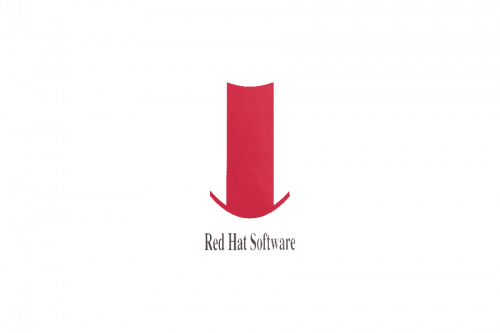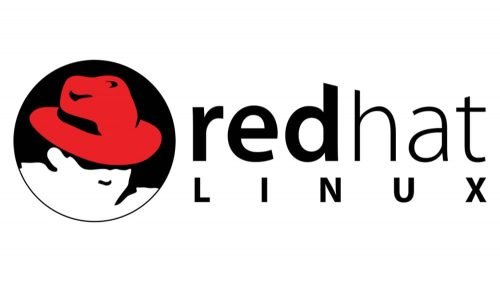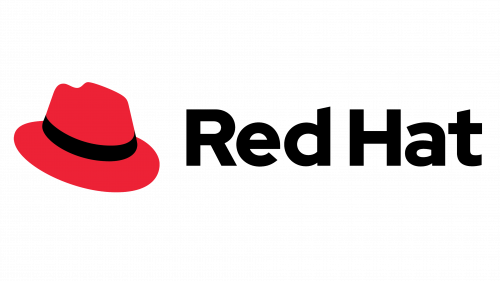Red Hat Software was registered in North Carolina, the USA in 1995 as a result of cooperation between an entrepreneur Bob Yong and an IT specialist Marc Ewing. Yong was dealing with computer supplies by catalogue and noticed a growing demand for the Linux system provided by Ewing. The two professionals decided to join forces and founded a successful company providing open-source software. In 2018 it was acquired by IBM.
Meaning and history
Red Hat, an influential player in the open-source software community, was founded by Bob Young and Marc Ewing in 1993. The company started as a distributor of Linux and other open-source software, rapidly gaining prominence in the tech industry. Red Hat’s early days were marked by its pioneering approach to commercializing free software, which was a relatively new concept at the time.
One of the company’s main achievements is the development of Red Hat Enterprise Linux (RHEL), a widely used enterprise operating system. This accomplishment positioned Red Hat as a key facilitator in making Linux a viable choice for enterprise environments. Additionally, Red Hat’s contributions to open-source projects, such as the Fedora Project, have been instrumental in advancing the technology. The company’s commitment to open source has also led it to acquire several companies, further expanding its portfolio and influence.
Currently, Red Hat holds a significant place in the world of enterprise software solutions. After being acquired by IBM in 2019 for approximately $34 billion, it has continued to operate as a separate entity, maintaining its unique identity within the larger corporate structure of IBM. This acquisition has not only reinforced Red Hat’s position in the industry but also expanded its reach and resources, enabling it to continue its mission of promoting and developing open-source software on a larger scale.
What is Red Hat?
Red Hat is the name of open-source software, which was released at the beginning of the 1990s. Today the software is owned by IBM and offers its users various applications for different operating systems. The Ted Hat applications are mainly specialized in business and organization.
1995 – 1996
 The first logo of the company appeared at the outset of the company’s life, in 1995. The emblem depicted a rose-red top hat, considerably stretched vertically. Below it, there was the company’s name “Red Hat Software” written in a thin, horizontally compressed font. The colour of the wordmark was black.
The first logo of the company appeared at the outset of the company’s life, in 1995. The emblem depicted a rose-red top hat, considerably stretched vertically. Below it, there was the company’s name “Red Hat Software” written in a thin, horizontally compressed font. The colour of the wordmark was black.
1996 – 1997
 Next year, in 1996 the logo was changed for a more dynamic one. That was a black figure of a man walking forward in long strides and wearing a red hat on his head. The figure was placed on a square pineapple yellow background. This “running man” logotype was used on documents, manuals and for advertising purposes.
Next year, in 1996 the logo was changed for a more dynamic one. That was a black figure of a man walking forward in long strides and wearing a red hat on his head. The figure was placed on a square pineapple yellow background. This “running man” logotype was used on documents, manuals and for advertising purposes.
1997 – 1999
 A new version was developed in 1997. This time, it was a silhouette of a man’s head made in white with a red hat decorated with a black ribbon. This was placed in a circle inside a rectangle filled with circular stripes in indigo and lapis blue tones. To the right of the emblem, inside the rectangle, there was the brand name “red hat” in red colour and very thin and tiny font.
A new version was developed in 1997. This time, it was a silhouette of a man’s head made in white with a red hat decorated with a black ribbon. This was placed in a circle inside a rectangle filled with circular stripes in indigo and lapis blue tones. To the right of the emblem, inside the rectangle, there was the brand name “red hat” in red colour and very thin and tiny font.
1999 – 2019
 A modified version of this logo was introduced in 1999. The background colour was changed to scarlet red and the wordmark was made in white colour and in a bigger, thicker and much more readable font.
A modified version of this logo was introduced in 1999. The background colour was changed to scarlet red and the wordmark was made in white colour and in a bigger, thicker and much more readable font.
2019 – Today

The redesign of 2019 brought a new image to the Red Hat visual identity. The logo is composed of two bright and bold parts, with the graphical emblem on the left, and a black title case logotype on the right. The emblem depicts a classic fedora hat in red, with a black ribbon on it, which is perfectly balanced by the color and thickness of the lines in the inscription. The “Red Hat” lettering is set in a custom sans-serif typeface with diagonal cuts of the “E” and “T” tails.








